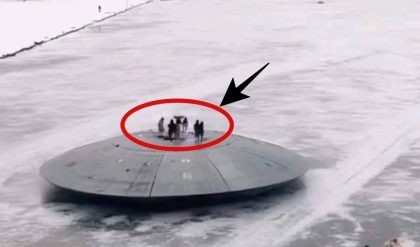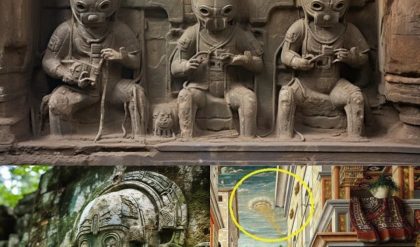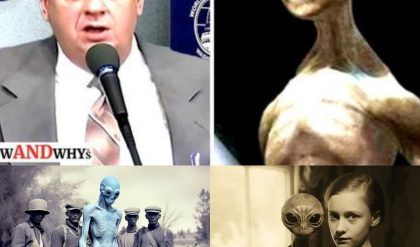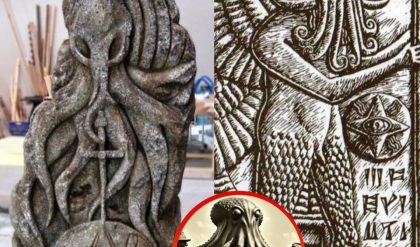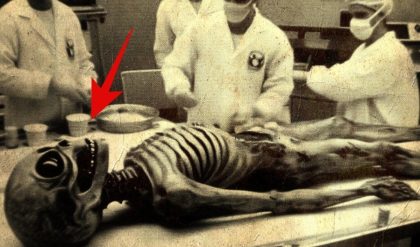The discovery of King Tutankhamun’s tomb in 1922 by British archaeologist Howard Carter remains one of the most significant archaeological finds in history. The tomb, hidden in the Valley of the Kings, was a treasure trove of ancient Egyptian artifacts, but it was the coffin and mummy of the boy king that captured the world’s imagination. The burial of King Tutankhamun is often regarded as the strangest in the world, not only for the opulence and mystery surrounding it but also for the unique aspects of his coffin and mummy.
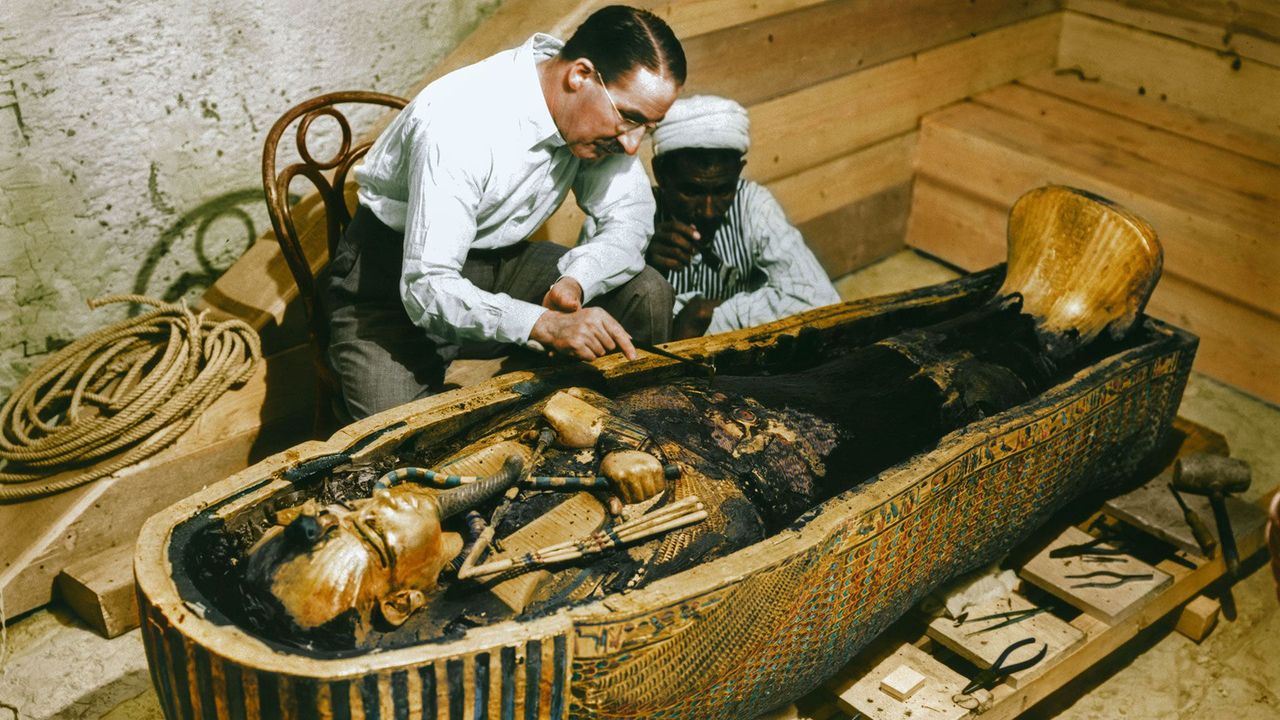
The Intricate Coffins of King Tutankhamun
1. Three Nested Coffins:
- King Tutankhamun was buried within three nested coffins, each more elaborate than the last. The outer two coffins were crafted from wood, covered in gold leaf, and inlaid with precious stones, while the innermost coffin was made entirely of solid gold. This triple-layered coffin design was highly unusual and demonstrated the immense wealth and power of the young pharaoh, despite his short reign.
2. The Golden Coffin:
- The innermost coffin, made of 110 kilograms (about 243 pounds) of solid gold, is one of the most famous artifacts from ancient Egypt. The coffin is intricately decorated with hieroglyphics and depictions of protective deities, all meant to safeguard the king in the afterlife. The gold coffin is shaped in the likeness of Tutankhamun, complete with his iconic nemes headdress and false beard, symbolizing his divine status.
3. Mysterious Symbols and Inscriptions:
- The coffins are adorned with religious texts and symbols meant to guide Tutankhamun safely to the afterlife. The presence of these inscriptions highlights the Egyptians’ deep belief in the afterlife and the need to protect and preserve the king’s body for eternity. However, the symbols and texts also raise questions about the religious and political climate of Tutankhamun’s time, as his tomb includes references to deities associated with both traditional and reformed worship, reflecting the turbulent period of the Amarna Revolution.
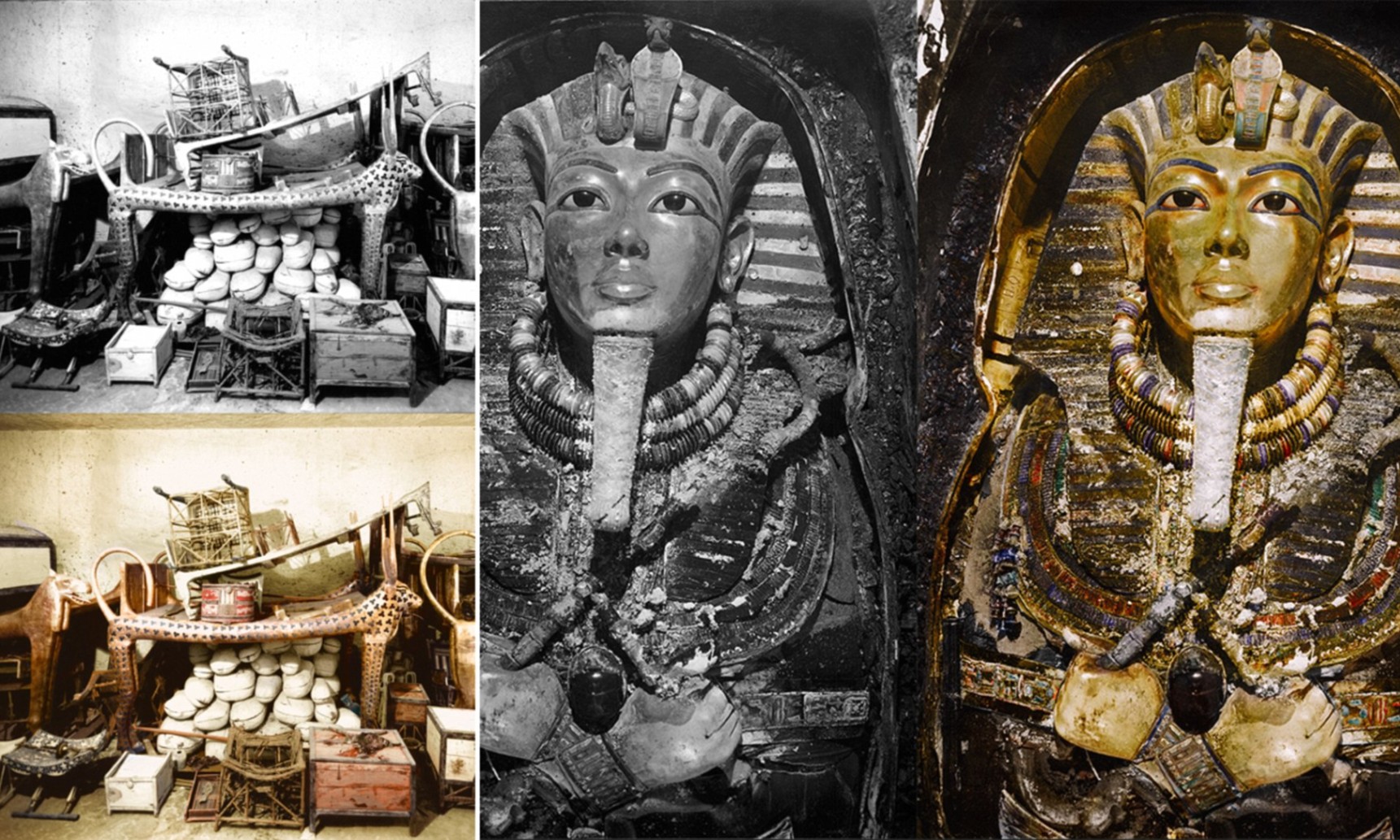
The Unusual Mummification Process
1. The Damaged Mummy:
- King Tutankhamun’s mummy presents several anomalies that make his burial even more mysterious. Upon its discovery, it was noted that the mummy had been badly damaged, with the body charred, possibly due to a chemical reaction during the mummification process. This unusual occurrence has puzzled scientists and Egyptologists, leading to theories that the embalming process was rushed or that there was a mistake made by the embalmers.
2. The Strange Positioning:
- The mummy of Tutankhamun was placed in an unusual position within the coffin. His arms were crossed over his chest, holding the crook and flail, traditional symbols of kingship. While this pose is common among royal mummies, the overall positioning and the state of the mummy suggest that there may have been some hasty decisions made during the burial, possibly due to Tutankhamun’s sudden death at a young age.
3. The Layers of Wrappings:
- Tutankhamun’s mummy was wrapped in multiple layers of linen, with amulets and jewelry placed between the layers. The amount of wrappings and the placement of these items are unique compared to other royal burials. The amulets, believed to have magical properties, were intended to protect the king and ensure his rebirth in the afterlife. However, the sheer number of these items and the way they were placed suggest a burial process that was more complex and possibly more hurried than usual.
The Enigmatic Burial Chamber
1. A Tomb Fit for a King—or Was It?
- Despite the grandeur of his burial, Tutankhamun’s tomb is relatively small compared to other royal tombs in the Valley of the Kings. This has led some scholars to speculate that the tomb was not originally intended for Tutankhamun, but was repurposed quickly after his untimely death. The layout and decoration of the burial chamber also suggest that there may have been a rush to complete the tomb, adding to the overall strangeness of the burial.
2. The Sealed Rooms and Hidden Treasures:
- The burial chamber was sealed with a series of doors and walls, some of which bore the seal of the necropolis, indicating that the tomb had remained undisturbed since its sealing. However, the discovery of hidden treasures and rooms within the tomb suggests that there may have been an attempt to conceal the true extent of the burial goods, or that the tomb was altered after its initial construction.
3. The Curse of the Pharaoh:
- The strange circumstances surrounding Tutankhamun’s burial have also given rise to the infamous “curse of the pharaoh,” said to afflict those who disturb his tomb. While the idea of a curse is more myth than fact, the deaths of several people connected to the tomb’s discovery shortly afterward have only added to the mystique of King Tutankhamun’s strange burial.
Conclusion
The burial of King Tutankhamun is one of the most enigmatic and peculiar in the history of ancient Egypt. From the elaborate coffins to the unusual state of the mummy and the mysterious burial chamber, every aspect of King Tutankhamun’s final resting place is steeped in intrigue. The strangeness of his burial continues to captivate historians, archaeologists, and the public alike, making King Tutankhamun’s tomb a symbol of the enduring mysteries of ancient Egypt.

